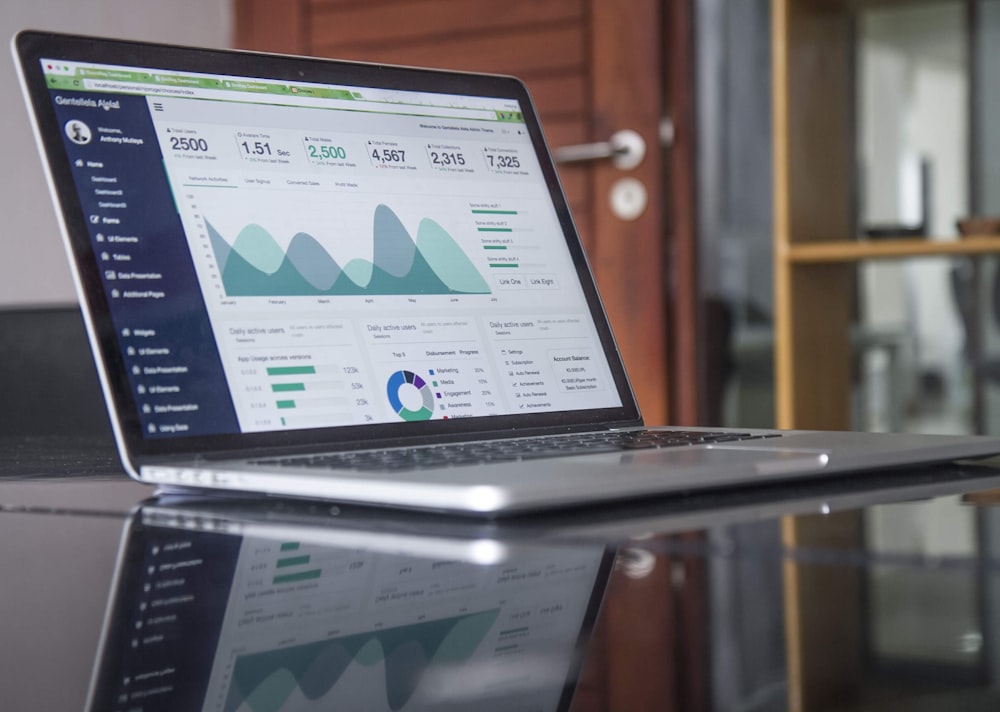Linkhelpers SEO – 3 Quick and Easy Ways to Improve Website Content (Part 1)
Content is important in any website. That’s the truth. In order to succeed online, you must provide excellent content to your audience. The question now is, “How to exactly do this?”

- Set your goals.
In every strategy, you need to plan carefully. It is a must to establish goals and identify your audience even Google knows this. As discussed in the Search for Beginners Ep.1, Google emphasized on knowing who your target is, and knowing where to find them.
However, most people just ignore this step. No, don’t take this for granted. Often, plans fail because they weren’t able to capture the right audience. Perhaps, marketers offered a different content, and thus, the people weren’t interested.
So, you have to be specific on the WHO part. For instance, you are selling laptops to students. The typical student would want something handy and lightweight. Meanwhile, art and photography students would want a more sophisticated computer. They would need a computer for products like Adobe Photoshop, Light Room, and etc. These computer programs are hefty, and a basic computer just won’t do.
You could even write about laptop buying guides and budget friendly laptop. In the end, the content you put on your website should be personalized depending on your audience’s needs and interests.
- Join the bandwagon.
Next, for people to start talking about your content, you should ride on the current trend. As long as it is popular and relevant to your brand, go for it. You would be surprised on how many business follow this suit.
If you want to improve on your social media presence, try to integrate the topic to your lastest blog post. Take this chance to insert your brand into a popular conversation topic. Just make sure to not meddle with controversial topics. The plan will surely backfire and you will attract if you start throwing shades! More on: The Role of Social Media in SEO
- Work on your titles.
Yes, the page title is the first thing a user sees. It should be interesting and catchy. However, not to a point where you try to deceive them in order to gain clicks!
The page title should be an ACCURATE representation of the contents of a page. Take time to ponder what the best title should be!
So, what are the different ways to improve page titles? Follow the tips listed below:
- Use numbers (such as 5, 129, 4642, etc) instead of writing the text form of five, one hundred twenty nine, and so on.
- Present statistics and survey results (such as 80% agree)
- Give what you promised. For instance, you promised to give 4 tips like this post. So, give 4! If you promised 10, then provide 10.
- Use a headline analyzer. There’s a free headline analyzer from CoSchedule.com that will help you write better headlines.
- Never resort to clickbaiting users. If you make titles just to clickbait, you will not gain anything. At the end of the day, you may heap thousands of clicks, but it surely damage your credibility. No one will ever believe your articles the next time around!
Remember clickbait will just encourage users to bounce back to the search results. Trust me, you would not want your bounce rates to be soaring high. Read more on: 3 Reasons Why Your Website Has a Huge Bounce Rate








